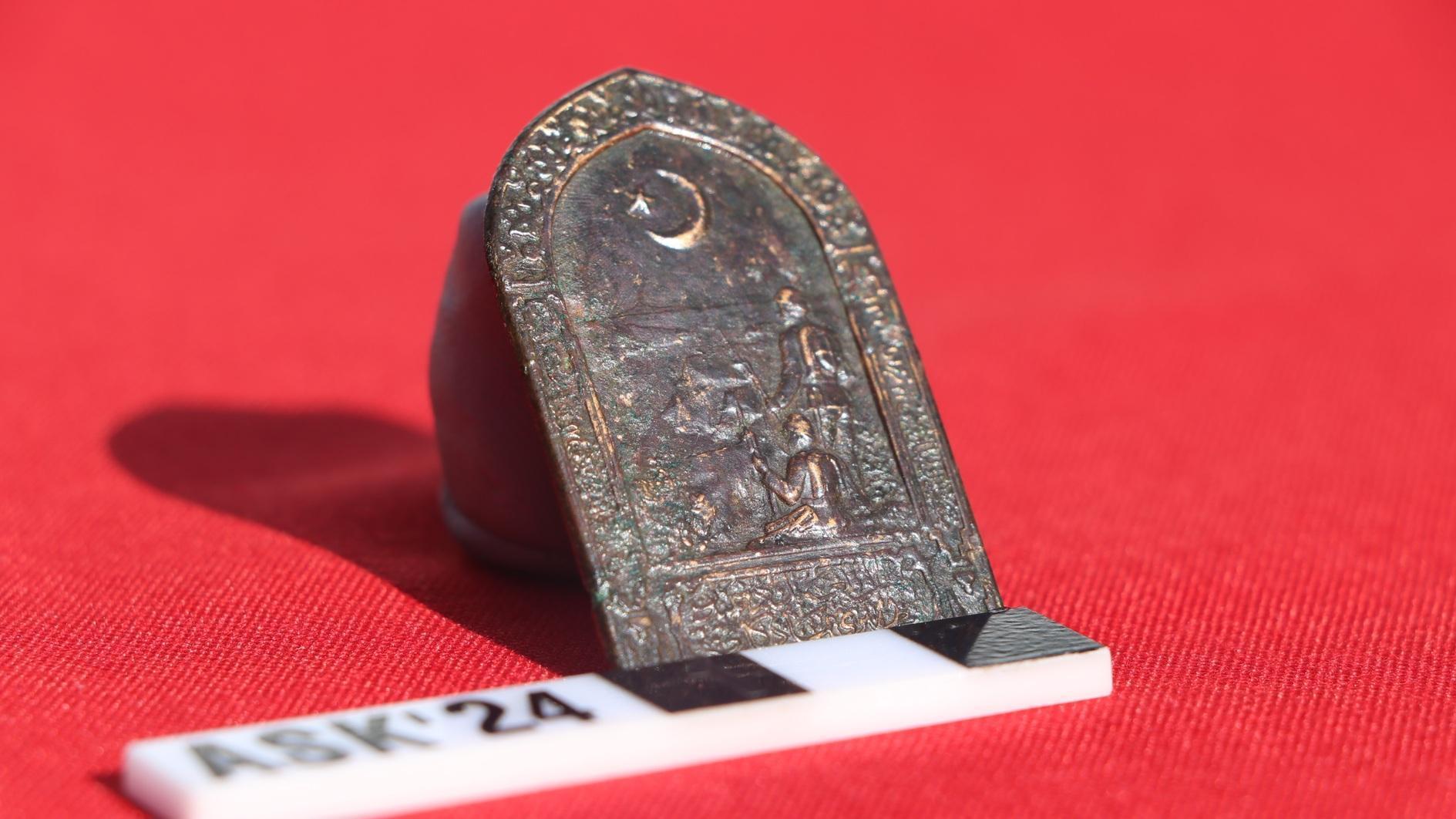Mattis begins sending additional troops to Afghanistan
 The Pentagon has begun sending additional troops to Afghanistan to carry out President Donald Trump’s new war strategy, which will stick to his predecessor’s approach of supporting the Afghans’ fight against the Taliban rather than doing the fighting for them, Defense Secretary Jim Mattis said on Aug. 31.
The Pentagon has begun sending additional troops to Afghanistan to carry out President Donald Trump’s new war strategy, which will stick to his predecessor’s approach of supporting the Afghans’ fight against the Taliban rather than doing the fighting for them, Defense Secretary Jim Mattis said on Aug. 31.“Yes, I’ve signed orders, but it’s not complete,” Mattis told reporters in an impromptu news conference at the Pentagon.
He would not say how many additional troops are deploying or what their exact roles will be. Trump’s decision to deepen the American military commitment was taken after months of debate within the administration over whether the risk was worth the potential reward of eventually stabilizing Afghanistan to the point where its own forces can prevent a Taliban takeover and contain other militant threats.
Mattis stressed that Afghan forces will remain in the lead, with the extra U.S. troops taking a support role.
“By and large this is to enable the Afghan forces to fight more effectively,” Mattis said.
“It’s more advisers, more enablers,” such as “fire support” teams, which he declined to specify but could be artillery units. He said the additional U.S. troops have not yet arrived in Afghanistan.
“I just signed the orders,” Mattis said. “It’s going to take a couple of days.”
Other officials have said the U.S. will send about 3,900 additional troops. In a speech announcing his new strategy Aug. 21, Trump did not mention that an increase in U.S. troop levels was part of his new strategy.
He said “conditions on the ground, not arbitrary timetables,” will guide the strategy, and suggested troop levels will be kept largely secret.
“We will not talk about numbers of troops or our plans for further military activities,” Trump said.
On Aug. 30, at Mattis’ instruction, Pentagon officials said that about 11,000 U.S. troops are in Afghanistan, acknowledging publicly for the first time that the 8,400 figure that officials had used for many months was inaccurate. Mattis said he wanted to publicly clarify the current troop total before discussing how many more would be sent.
Officials have said the U.S. plans to send as many as 3,900 more troops - which would bring the number of publicly recognized troops in Afghanistan to about 15,000.
Mattis said he and other senior administration officials are scheduled to brief members of Congress on the latest deployments and the new war strategy next Wednesday. Critics have questioned whether sending a few thousand more troops will make a decisive difference in a war that began when U.S. forces invaded to topple the Taliban regime in October 2001. The Afghan government only controls half of the country and is beset by endemic corruption and infighting.
In the nearly 16 years since the United States went to war in Afghanistan, the number of American troops initially grew in spurts, as U.S. leaders wavered about how much focus to put on the war. President Barack Obama came into office in 2009 saying he would give the war there the attention it required, and the number of American troops on the ground spiraled by mid-2010 to 100,000.
Before becoming a presidential candidate, Trump had argued for a quick withdrawal from Afghanistan, calling the war a massive waste of U.S. “blood and treasure” and declaring on Twitter, “Let’s get out!” In his Aug. 21 announcement, just seven months into his presidency, he said that though his “original instinct was to pull out,” he’d since determined that approach could create a vacuum that terrorists including al-Qaeda and the Islamic State of Iraq and the Levant (ISIL) would “instantly fill.”
















